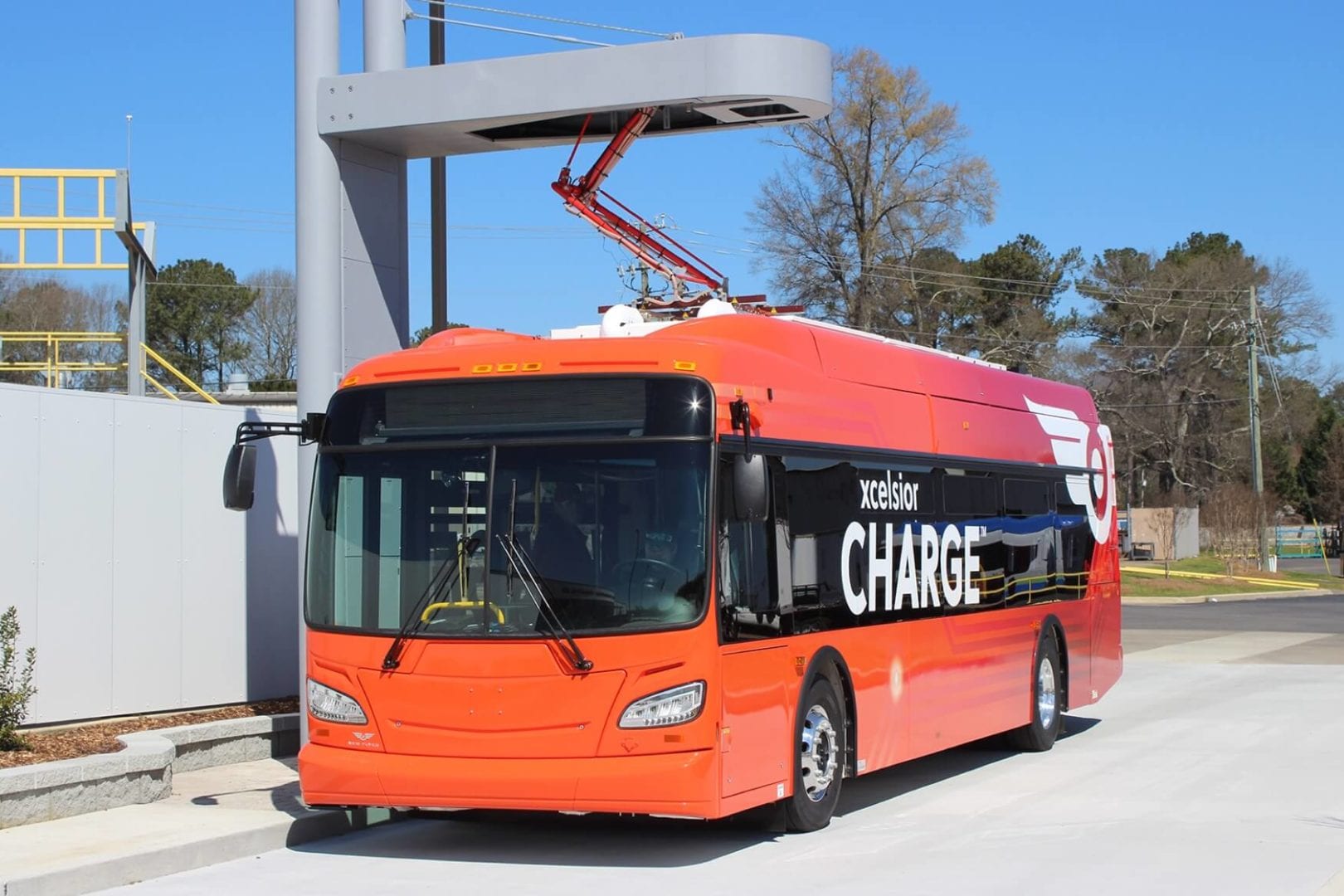
Pittsburgh Area Public Transportation Sees Growth of Electric Bus Fleet
by Amanda Waltz
March 17, 2021
The Pittsburgh region has a robust public transportation system. The Port Authority of Allegheny County, considered the second largest public transit agency in Pennsylvania, claims on its website that it provides 60 million rides a year, including with its fleet of around 700 buses. That fleet has seen some changes over the last year, with Port Authority adding an ever-increasing number of clean electric buses.
In 2020, PAAC announced it would purchase seven 60-foot articulated battery-electric buses and one electric charging station. The buses will be used in the Downtown-Uptown-Oakland-Wilkinsburg Bus Rapid Transit corridor, which is expected to be in operation by the end of 2022.
In Dec. 2020, the U.S. Environmental Protection Agency awarded a $5,666,950 grant to the Allegheny County Health Department to offset the cost of the battery-electric buses.
“The Health Department is excited to help Port Authority transition to cleaner transportation in Allegheny County,” said Dr. Debra Bogen, director of the ACHD, in a press release.
In the short time since the announcement, PAAC has already procured several electric buses.
County Executive Rich Fitzgerald pointed out that the EPA grant was awarded as part of the Targeted Airshed Grant Program, a national effort to reduce air pollution in communities. Fitzgerald added that it will “go a long way in helping Port Authority continue to transition to a more environmentally-friendly bus fleet, leading to better air quality and a cleaner environment for our citizens and our region.”
PAAC CEO Katharine Kelleman added that the grant would also help the organization “put electric vehicles in densely-populated areas with high public transit ridership.”
In 2019, PAAC started transitioning to a zero-emission model as a way to improve the county's air quality — consistently among the worst in the country, according to annual studies by the American Lung Association — and help protect the environment, as well as improve the overall quality of life for residents. The electric buses will help expand on the Port Authority's Going Green plan, which outlines public transportation's role in reducing the county's carbon emissions.
Besides making buses, light rail, and other modes of public travel more accessible and appealing, which would increase ridership and lower the number of cars on the road, PAAC has looked to adopting cleaner, more energy efficient vehicles. Right now, PAAC uses 32 hybrid diesel-electric buses, which the organization claims produce fewer emissions of nitrogen oxides and carbon monoxide, and have better fuel mileage, compared to more traditional diesel buses.
In Jan. 2021, it was announced that PAAC officially ordered six 40-foot, zero-emission, battery-electric heavy-duty transit buses from New Flyer of America, a Minnesota-based bus manufacturer. The buses, called New Flyer Xcelsior CHARGE, are described in a press release as reducing up to 100-160 tons of greenhouse gas per year
The deal effectively quadruples the number of electric vehicles in PAAC's fleet. In 2019, PAAC ordered its first two New Flyer electric buses, with a contract that includes options to buy eight more buses over the next five years.
The New Flyer website claims that, with its battery technology, its Xcelsior CHARGE bus can be driven up to 225 miles on a single charge.
While the benefits of the new electric buses have yet to be seen by PAAC, New Flyer president Chris Stoddart believes they will prove advantageous. He also boasts that his company has “more electric buses on the road in America than any other manufacturer, and will keep driving zero-emission adoption with scalable mobility solutions that work.”
Besides Allegheny County, New Flyer has also sold electric buses to Knoxville, Tennessee, as well as counties in Washington, New York, Ohio, and other states.
“With its second order of electric buses, PAAC continues to count on New Flyer technology for safe and reliable transportation — expanding the added benefit of clean, quiet, sustainable mobility that offers lower maintenance costs and high performance through even the most demanding environments,” says Stoddart.

Leave A Comment